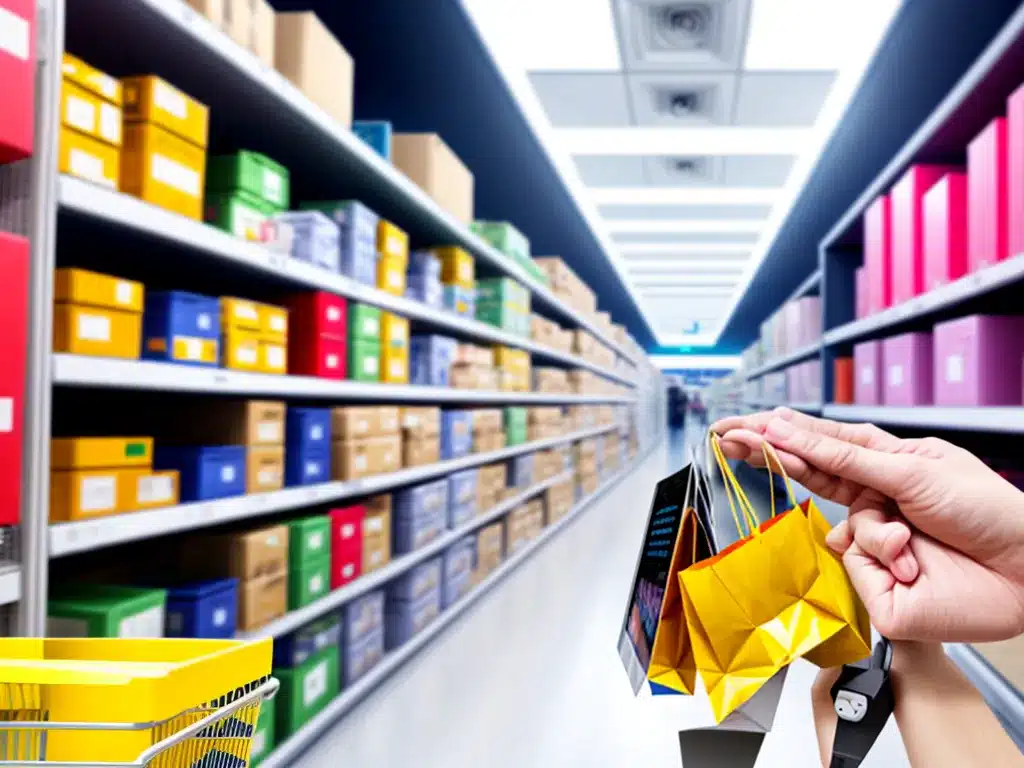Real-World Examples of IoT in Retail
Introduction
The Internet of Things (IoT) is transforming the retail industry in exciting ways. IoT allows retailers to create smart, connected environments that enhance customer experiences, streamline operations, and gain valuable insights. In this article, I will provide real-world examples of how leading retailers are leveraging IoT today.
Enhancing In-Store Experiences
IoT enables retailers to create immersive, interactive in-store experiences. For example:
-
Target has installed Bluetooth beacons in stores. These devices connect with the Target app on customers’ phones to provide personalized offers and recommendations as they browse. Beacons also allow Target to track customer movements and gather analytics.
-
Rebecca Minkoff outfitted its NY store with smart dressing rooms. Each room has RFID-enabled mirrors that suggest clothing based on what items you bring in. The rooms have touchscreens where customers can request new sizes and styles to the dressing room.
-
Ralph Lauren opened a smart retail store in NY with an interactive mirror that lets you change the lighting. There are also digital displays that customize content based on who is in the store.
Streamlining Operations
IoT sensors and devices allow retailers to automate processes and improve efficiency. Examples include:
-
Walmart uses smart shelves equipped with sensors that automatically detect low inventory and alert store associates when to restock. This improves inventory accuracy.
-
Amazon Go stores have sensors that detect what items customers take so they can automatically charge their Amazon accounts when they leave. This eliminates checkout lines.
-
Lowe’s uses autonomous inventory checker robots in stores to improve inventory management and determine which items need restocking.
Providing Personalized Recommendations
IoT enables retailers to collect data and provide customized recommendations to shoppers. For instance:
-
Sephora uses augmented reality technology to allow customers to visually try on makeup. The app lets them see makeup applied to their face on the screen.
-
Levi’s has integrated smart fitting rooms that allow shoppers to request different styles and sizes from attendants. It also lets Levi’s collect sizing data on clothes that customers try on.
-
Burberry offers an app feature that lets VIP shoppers digitally make appointments with in-store experts for personalized recommendations.
Gaining Valuable Customer Insights
IoT provides retailers with invaluable customer data they can analyze to better meet shopper needs. Examples include:
-
Food retailers installing smart fridges that track customer buying habits and demographic data. This allows them to gain insights into buying patterns.
-
Nordstrom uses WiFi-tracking in stores to gather analytics on shopper movement and behaviors. This informs decisions on store layouts and merchandise optimization.
-
Casper embeds sensors in its mattresses to track customer sleep patterns. This provides feedback on how to improve mattress design and features.
Conclusion
IoT is a game-changer for transforming brick-and-mortar retail in the digital age. As the examples show, IoT allows retailers to enhance customer experiences, streamline operations, provide personalized recommendations, and gain valuable insights. Retailers will continue finding innovative ways to implement IoT technology to meet changing consumer expectations. The future looks bright for the intersection of IoT and retail.













